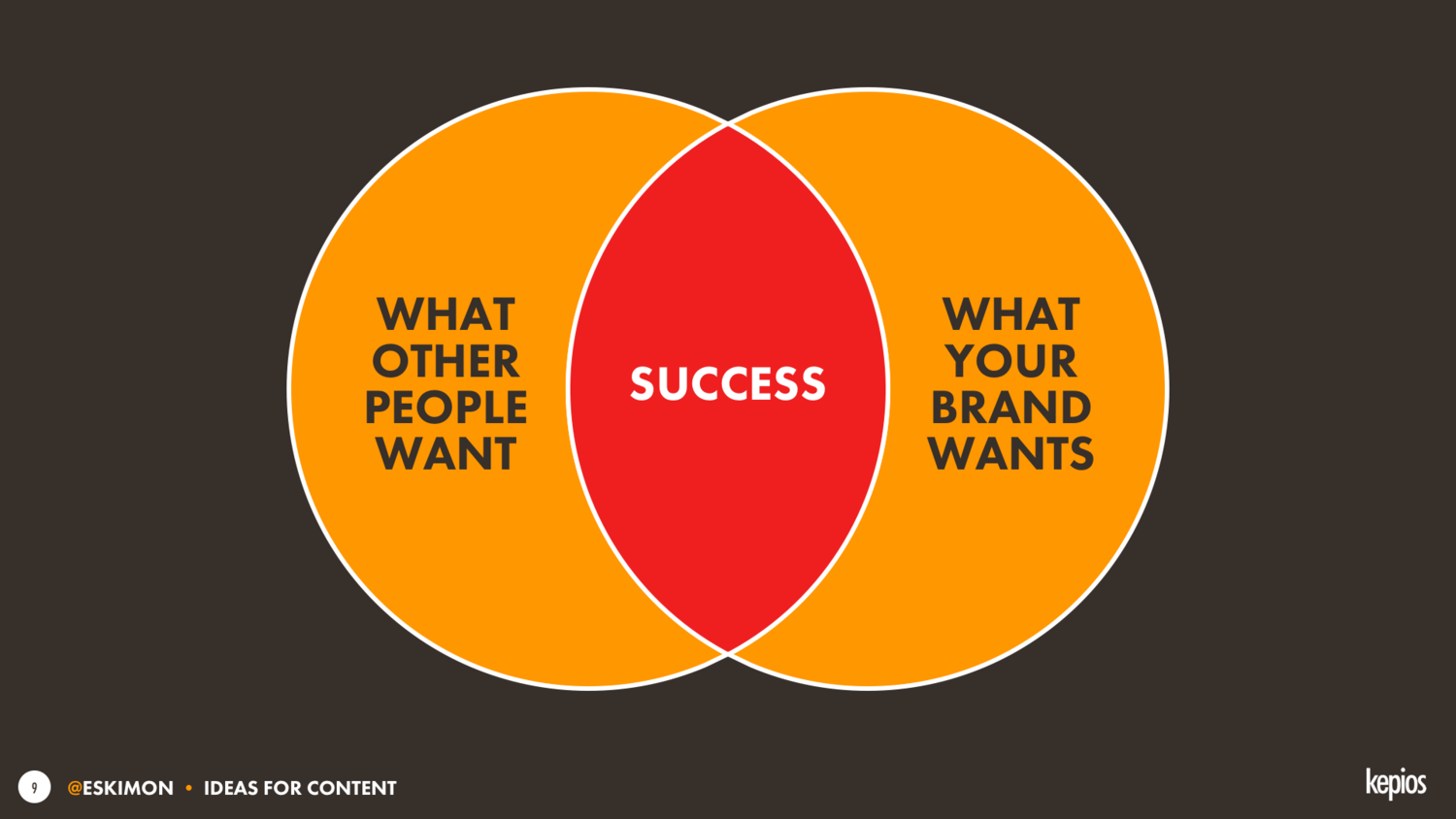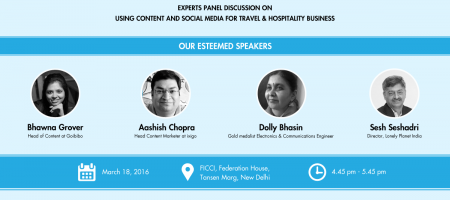If you don’t get it right, your job as a Content Marketer can pose some serious questions. When you see those crazy number of comments on the “Great Ixigo Travel Quiz“, you are like I could have done that too or when you see Lonely Planet’s numbers skyrocketing on Social Media, you tell your buddy, it’s all because of the cult status of the brand. If that’s not enough, your mind says give me the ad-budget, I will show you how I can do a launch campaign like Yotel Singapore, though viral content marketer Aashish Chopra strongly advocates not running after paid views.
Sometimes you hate content marketing to the core as your day job isn’t about those viral content pieces, the client (if you’re an agency) or the boss (if you’re on the brand-side) wants you to follow the content calendar, push the brand as he has got sales on his mind. You question yourself, question your content’s value and whether your efforts are doing any good for the brand.

Image Source: Free Vectors via www.vecteezy.com
This brings us back to the game of “Content Marketing”. What really it is? Simon Kemp, recently wrote a great post on finding content ideas.
He starts of by defining the key goal for a content marketer i.e. ‘Create content that delivers increased brand value’
I am lifting the below image directly from Simon’s blog where he has emphasized that you should maintain the balance between the needs of your audience and what your brand wants to say. Quite right, if you go on addressing your brand’s needs without considering what the audience want, there will be a big disconnect.

Not being able to balance the needs of your audience is the key problem with most content marketers today. A lot of us are too obsessed with the brand – this is what our brand has to offer, this is how we can change the consumer experience. But on a second thought, are we thinking about what our consumer wants.
In a mobile-first world, where your content is competing for attention span in the news feed, think about why, just why would the audience really care about your message. What is the value you are delivering to them?
Start with Content Discovery
Using Answer the Public, you can find some great ideas on what the audience is actually searching for. Imagine your hotel wants to promote the newly opened Chinese restaurant in its premises. As a content marketer you might want to discover what do people want are people searching for? Answer the Public, gives many combinations depending on user search queries and the below are just some of the example search results.
Trends around What:
- What is Chinese cuisine
- What characteristics make Chinese cuisine distinct
- what is authentic Chinese cuisine
- what is northern Chinese cuisine
Trends around Why:
Break the Daily Content Routine
Fixed publishing schedule is one of the reasons why most content marketers cannot imagine contagious marketing ideas. You have daily goals for content and are under regular pressure to produce box office hits everyday. Instead, break the daily posting cycle and change it to an optimum frequency that’s most relevant for your brand and audience. Initially, it might require some convincing however if you can show the value, change can be brought in.
Provide useful information to your audience
Rendezvous Hotel Singapore does a great job of giving tips on nearby surroundings.
They also do a good job of linking customer testimonials with relevant images from within the hotel. In the below image, they have linked the wedding image with customer’s feedback message.
ParkRoyal SG is targeting the Instagram generation with its thematic series #parkroyalpicks. The question that they have to ask is who is their audience and whether they will go to Instagram for these backdrop shots.
Speak the language they understand
Wanderlust, a hotel in Little India is targeting the voyagers and millennial generation with its smart messaging and break the status quo content. The hotel seems to be targeting the travellers and not the tourists, the adventure theme of the hotel is well supported by relevant creatives/copy.
Quincy Hotel, another boutique hotel at Mt Elizabeth in Singapore is using a unique teddy toy to talk to its audience on Social Media.
The teddy is a cohesive part of the brand’s communication strategy on Social Media.
The above post is a part of multi-part series to examine the “Content Marketing” landscape in Singapore & India. While we have started with hospitality industry, going forward, we will be delving into more industries within the travel landscape!



















